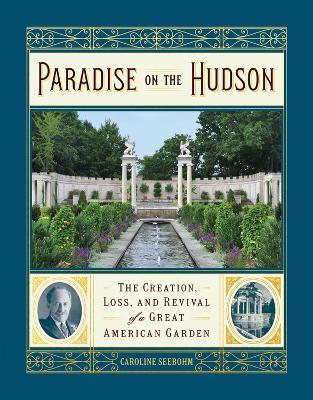Reviewed by annieb123 on
Paradise on the Hudson is a well written biography of the Untermyer gardens by Caroline Seebohm. Due out 03 March 2020 from Timber Press, it's 224 pages and will be available in hardcover and ebook formats.
The history of the man behind the creation of the gardens and estate as well as his unorthodox life and relationships are well documented by the author. The book is enhanced by personal photos, documents, and drawings. The introduction is followed by chapters detailing the architecture, garden designs and completion, as well as the Algeresque decline, decay and finally resurrection of the gardens and grounds in the early 2000s. The book reads like a novel and the photos are such an integral and inspiring part of that narrative.
The sheer scope of the projects and the tireless dedication of the army of volunteers, workers, gardeners, engineers (for the water works and other permaculture features), laborers, and other folks just boggles the mind. Some of the photos included document just how heartrendingly decrepit and desolate parts of the gardens had become. This book is a lovely tribute to the love and passion which brought the original vision back to life again for new generations to enjoy.
Four stars. Recommended for gardening enthusiasts as well as lovers of garden history and design. The maps, indices, and bibliography are likely worth the cost of admission in their own rights.
Disclosure: I received an ARC at no cost from the author/publisher for review purposes.
Reading updates
- Started reading
- 29 February, 2020: Finished reading
- 29 February, 2020: Reviewed
